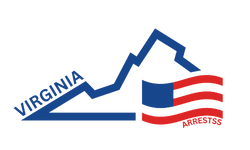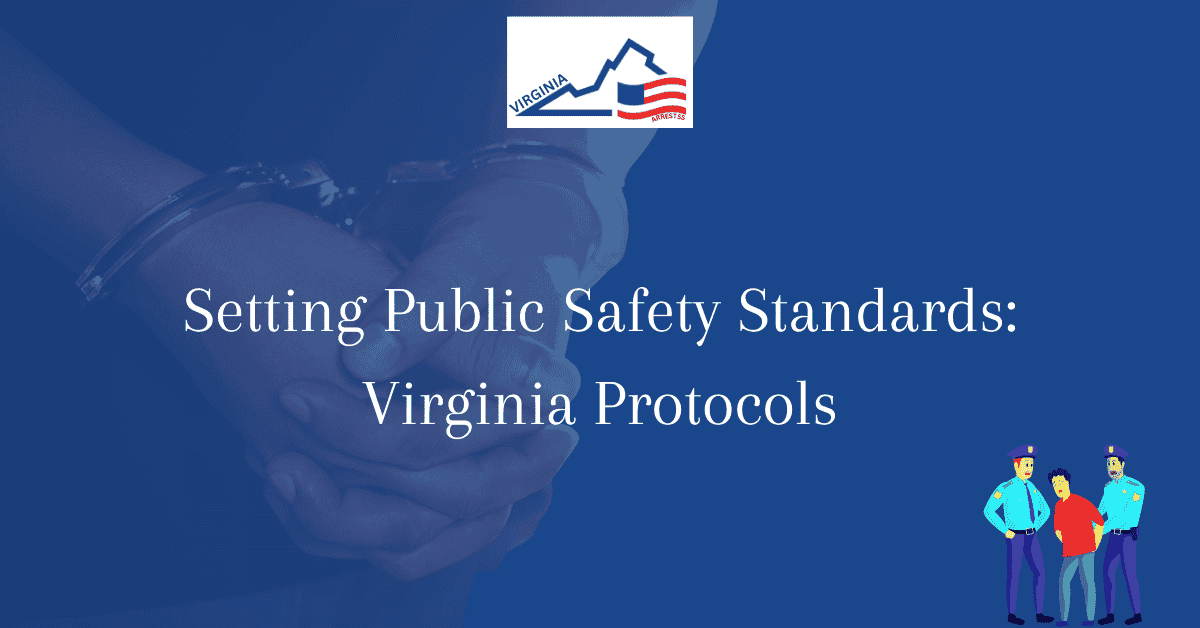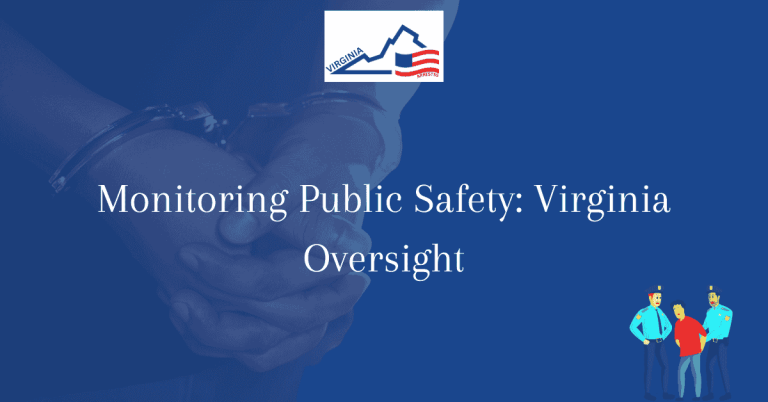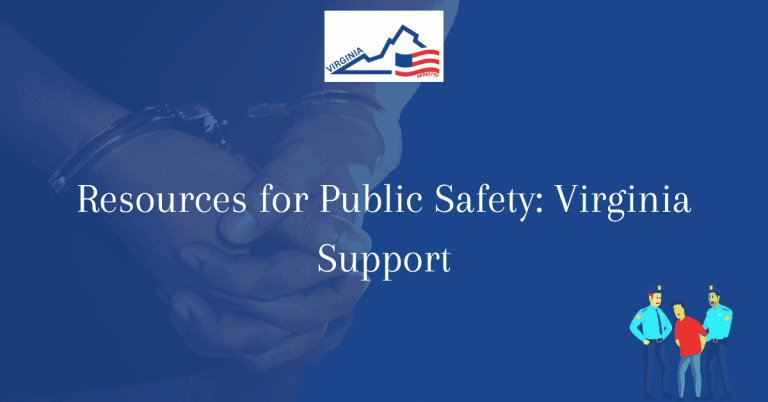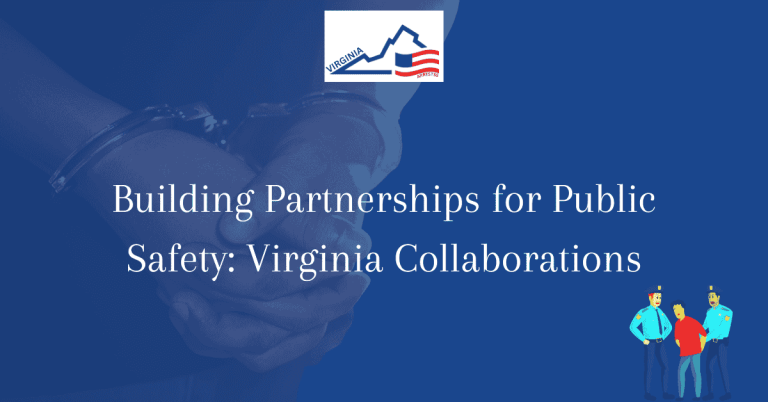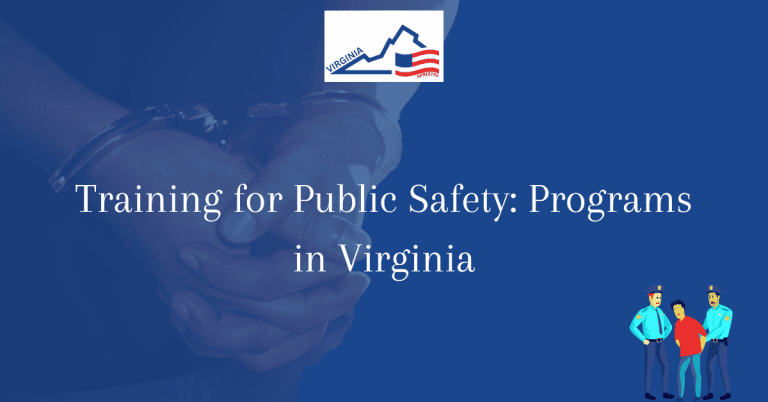Setting Public Safety Standards: Virginia Protocols
Setting Public Safety Standards: Virginia Protocols focus on ensuring the safety and well-being of individuals within the state. These protocols are designed to establish guidelines and procedures that promote public safety and emergency response efficiency. By adhering to these standards, Virginia aims to create a secure environment for its residents and visitors.
Implementing the Virginia Protocols is crucial for maintaining order and preparedness in various situations. Whether it be natural disasters, accidents, or other emergencies, having set standards in place helps authorities and communities respond effectively. These protocols serve as a foundation for collaboration and coordination among different agencies, ultimately leading to a safer and more resilient Virginia.
Importance of Public Safety Standards
Public safety standards are essential guidelines that help maintain order and protect individuals in various situations. These standards cover a wide range of areas, including emergency response, disaster preparedness, and community well-being safeguards. Adhering to these protocols is necessary to ensure the safety of all citizens.
Overview of Virginia Protocols
Virginia protocols are specific guidelines established by the state to regulate public safety standards. These protocols outline the procedures and measures that need to be followed in different situations, such as natural disasters, accidents, and emergencies. By following Virginia protocols, communities can ensure a coordinated and effective response to any crisis.
Key Elements of Safety Guidelines
The key elements of safety guidelines include clear communication strategies, well-defined emergency response procedures, and community well-being safeguards. These elements are designed to minimize risks, protect individuals, and ensure a swift and efficient response to emergencies.
Benefits of Adhering to Protocols
Adhering to safety protocols brings numerous benefits, including improved coordination among emergency responders, enhanced community resilience, and a reduced risk of casualties and property damage. Following safety guidelines also helps build trust and confidence within the community.
Emergency Response Procedures
Emergency response procedures are crucial for effectively managing crises and ensuring the safety of individuals. These procedures outline the steps to be taken during different types of emergencies, including evacuation plans, communication protocols, and coordination with emergency services.
Community Well-being Safeguards
Community well-being safeguards are measures put in place to protect the health and safety of residents. These safeguards include access to essential services, support for vulnerable populations, and initiatives to promote overall well-being within the community.
Communication Strategies in Critical Situations
Effective communication strategies are essential in critical situations to ensure that accurate information is shared, and timely decisions are made. Communication protocols should be clear, concise, and accessible to all members of the community to ensure a coordinated response to emergencies.
Frequently Asked Questions
Our Frequently Asked Questions section aims to provide detailed and comprehensive information about Setting Public Safety Standards: Virginia Protocols. Below, you will find answers to commonly searched queries on this topic to enhance your understanding.
What are the primary objectives of the Virginia Protocols for public safety standards?
The Virginia Protocols aim to establish clear guidelines and procedures to ensure the safety and well-being of the public. These standards cover various aspects such as emergency response, disaster management, and public health protocols.
How are the Virginia Protocols enforced and regulated?
The enforcement of the Virginia Protocols is overseen by designated regulatory bodies and government agencies responsible for monitoring compliance with these standards. Regular inspections and audits are conducted to ensure adherence to the protocols.
What roles do public safety officials play in implementing the Virginia Protocols?
Public safety officials are key stakeholders in the implementation of the Virginia Protocols. They are responsible for executing emergency response plans, coordinating disaster relief efforts, and ensuring public safety measures are effectively enforced.
Are there specific training requirements for us involved in public safety under the Virginia Protocols?
Yes, the Virginia Protocols outline specific training and certification requirements for individuals working in public safety roles. Training programs cover a wide range of topics, including emergency response procedures, communication protocols, and crisis management strategies.
How do the Virginia Protocols address issues of public health and environmental safety?
The Virginia Protocols include provisions that address public health concerns and environmental safety hazards. These guidelines outline measures to prevent and mitigate risks to public health, such as disease outbreaks, chemical spills, and natural disasters.
What resources aid organizations and communities in complying with the Virginia Protocols??
Various resources, including training materials, toolkits, and guidelines, are available to assist organizations and communities in complying with the Virginia Protocols. Government agencies and nonprofit organizations also offer support and guidance to ensure effective implementation of the standards.
